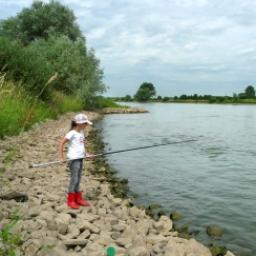New tool shows worldwide river and coastal flooding
On 23 April 2020, the World Resource Institute, PBL Netherlands Environmental Assessment Agency, VU Amsterdam, Deltares and Utrecht University published a new interactive website on global flooding. Aqueduct Floods is a user-friendly tool which maps present and future river and coastal flood risk, around the world. The tool shows that investing in levees now can pay off in many regions around the world.
Aqueduct Floods shows the potential number of people affected by flooding as well as the potential economic damage. With support of the World Bank, a cost-benefit module was developed for evaluating levee protection. The flood model uses high-resolution global maps on both flooding events and land-use developments, such as urbanisation. The methods have been published in various scientific papers. The development of the tool and supporting models was co-financed by the Dutch Ministry of Infrastructure and Water Management.
Population and economic growth dominate the increase in flood risk
In the coming decades, population and economic growth will cause the greatest increase in flood risk. Globally, for example, the annual number of people exposed to river flooding will increase from 65 million in 2010 to 108 million by 2050. Of this increase, 80% is due to population growth and 20% to climate change. The number of people affected by coastal flooding may increase from 6 million to 14 million, during that period. The share of this increase that is due to sea level rise is 35%. Soil subsidence, mainly caused by groundwater extraction, also represents a significant contribution to this increase, namely 23%. The other 42% is due to population growth. For more information, see the website ‘Future Water Challenges’. Analyses in the published paper reveal that investments in improved protection against coastal flooding pay off in almost every region of the world.
Further use
Aqueduct Floods can be used by countries or large companies to estimate current and future flood risk and explore solutions. The tool is not suitable for application on local level. On a global scale, the new flood model will be used in a follow-up study to PBL’s first publication on ‘The Geography of Future Water Challenges’, in which solutions to flood risks are elaborated on a global scale as well as their contribution to sustainable development (Sustainable Development Goals).
